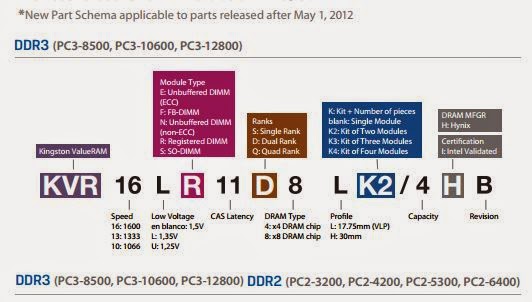kernel-ml
Kernel-ml for Enterprise Linux 7.The kernel-ml packages are built from the sources available from the "mainline stable" branch of The Linux Kernel Archives
To install kernel-ml you will need elrepo-release-7.0-1.el7.elrepo (or newer). Run:
yum --enablerepo=elrepo-kernel install kernel-ml
You can also Download manually from http://elrepo.org/linux/kernel/el7/
(Or from one of our mirror sites, if one is more conveniently located closer to you.)
There is no need to install the kernel-ml-headers package. It is only necessary if you intend to rebuild glibc and, thus, the entire operating system. If there is a need to have the kernel headers installed, you should use the current distributed kernel-headers package as that is related to the current version of glibc.
Notes
These packages are provided 'As-Is' with no implied warranty or support. Using the kernel-ml may expose your system to security, performance and/or data corruption issues. Since timely updates may not be available from the ELRepo Project, the end user has the ultimate responsibility for deciding whether to continue using the kernel-ml packages in regular service.If a bug is found when using these kernels, the end user is encouraged to report it upstream to the Linux Kernel Bug Tracker
Kernel-ml for Enterprise Linux 6.
The kernel-ml packages are built from the sources available from the "mainline stable" branch of The Linux Kernel Archives
To install kernel-ml you will need elrepo-release-6-4.el6.elrepo (or newer). Run:
yum --enablerepo=elrepo-kernel install kernel-ml
You can also Download manually from http://elrepo.org/linux/kernel/el6/
(Or from one of our mirror sites, if one is more conveniently located closer to you.)
There is no need to install the kernel-ml-firmware package. There are more firmware files contained within the distro package than in the kernel-ml-firmware package.
There is no need to install the kernel-ml-headers package. It is only necessary if you intend to rebuild glibc and, thus, the entire operating system. If there is a need to have the kernel headers installed, you should use the current distributed kernel-headers package as that is related to the current version of glibc.
Notes
These packages are provided 'As-Is' with no implied warranty or support. Using the kernel-ml may expose your system to security, performance and/or data corruption issues. Since timely updates may not be available from the ELRepo Project, the end user has the ultimate responsibility for deciding whether to continue using the kernel-ml packages in regular service.If a bug is found when using these kernels, the end user is encouraged to report it upstream to the Linux Kernel Bug Tracker
Known Issues
(1) As of kernel-ml-3.10.5-1.el6.elrepo, kernel-ml installed as a KVM guest will panic upon booting (FATAL: Module scsi_wait_scan not found error). This is because virtio_blkis not in the initramfs. More details can be found in:http://elrepo.org/bugs/view.php?id=401
https://bugzilla.kernel.org/show_bug.cgi?id=60758
A workaround is to rebuild initramfs with a "--add-drivers virtio_blk" option. For example:
dracut --add-drivers virtio_blk -f /boot/initramfs-3.10.5-1.el6.elrepo.x86_64.img 3.10.5-1.el6.elrepo.x86_64
(2) As of kernel-ml-3.12.2-1.el6.elrepo, the userland process acpid will fail. This was caused by a change in the upstream kernel source which dropped support for the acpid-1 interface, as used by RHEL-6. See the following links for more details:
http://elrepo.org/bugs/view.php?id=435
https://bugzilla.kernel.org/show_bug.cgi?id=66681
Users of the kernel-ml package are encouraged to install the acpid-2 package to restore system acpi functionality. (It is believed that the acpid-2 package will also work with the distribution kernel but this has not been fully verified.)
Page last modified on Monday 13 of October, 2014 10:02:47 MDT




